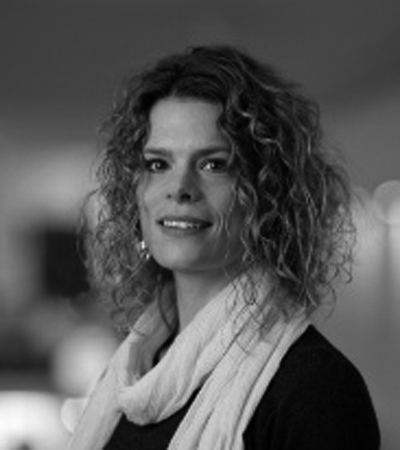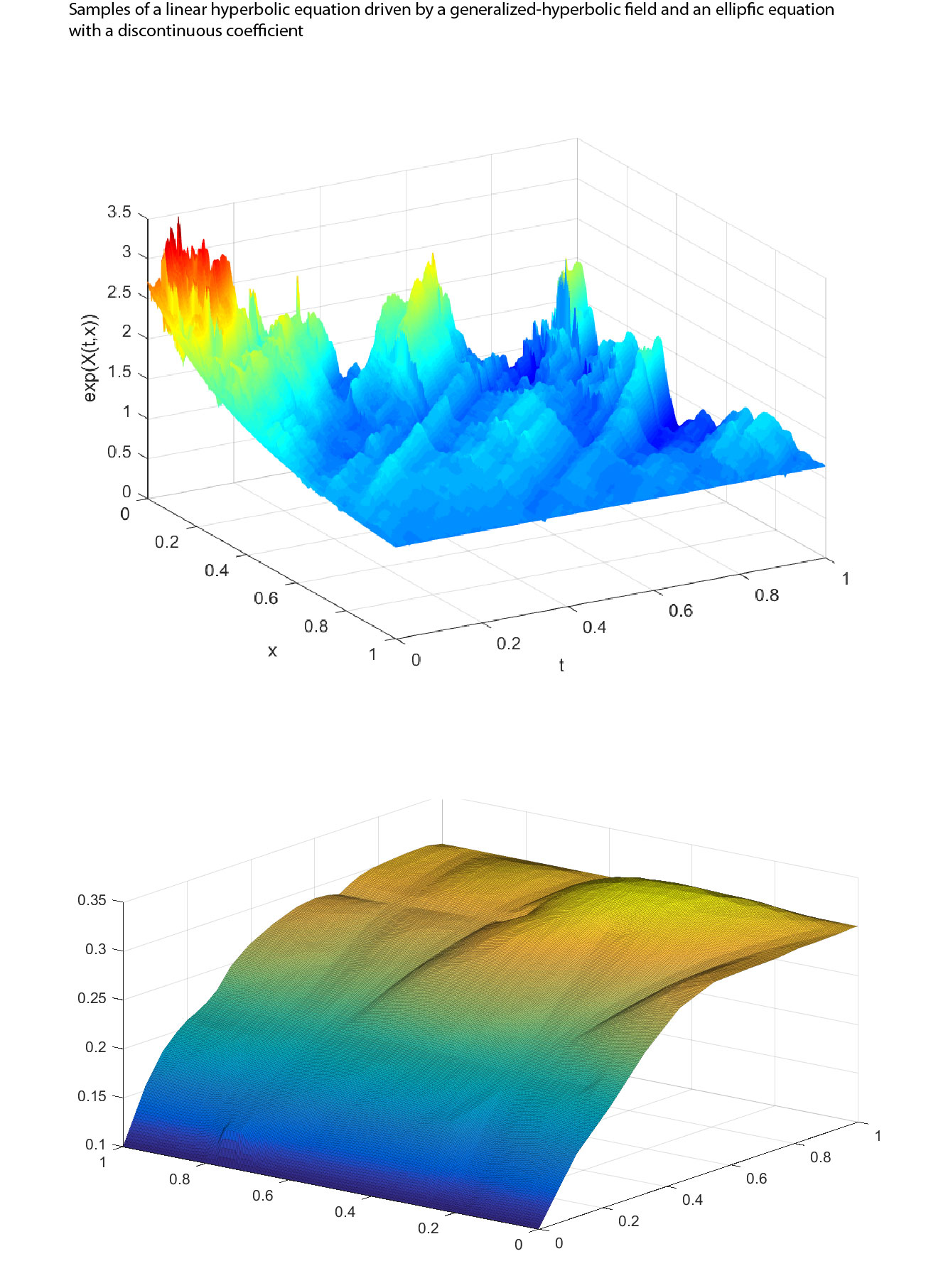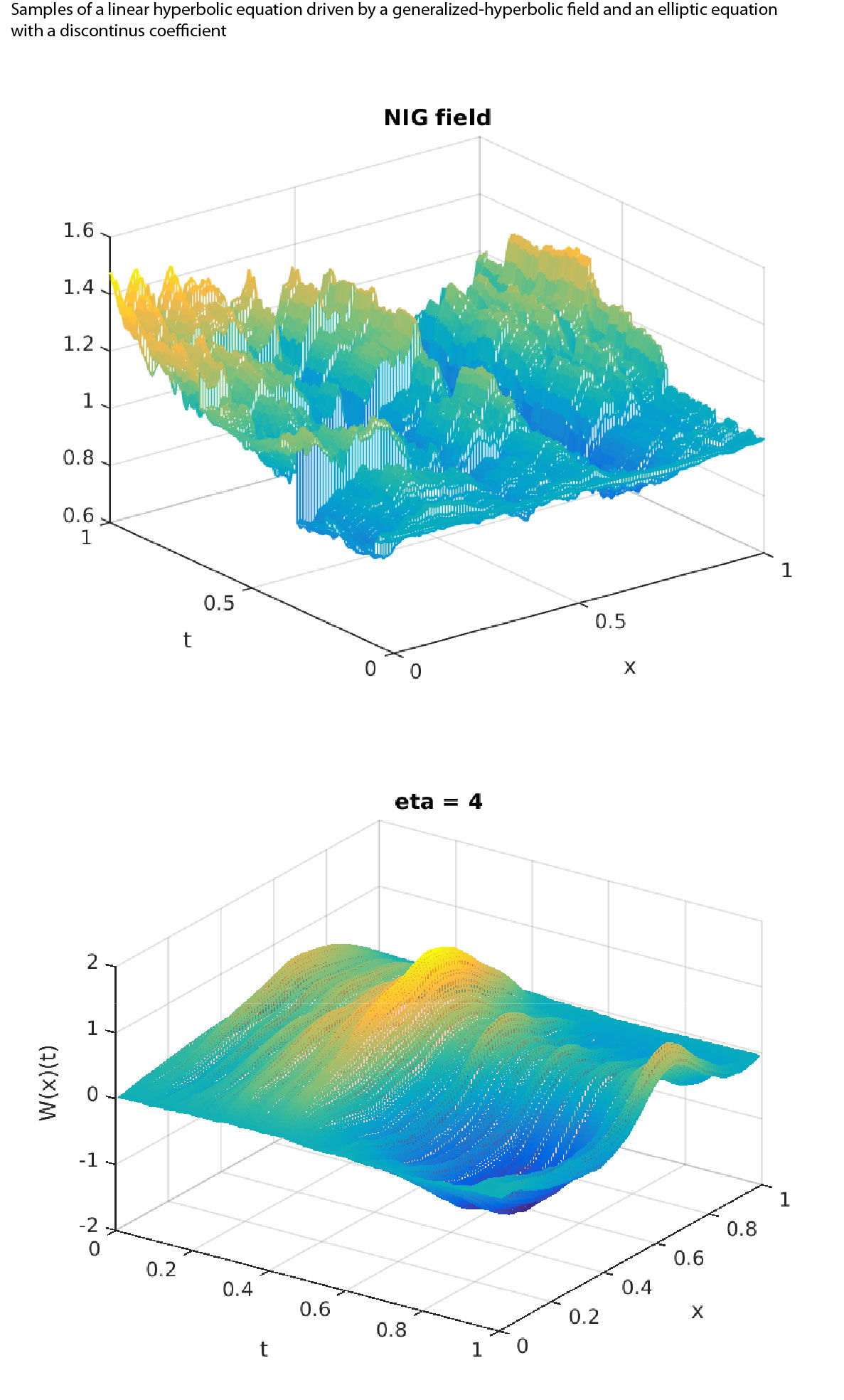D. Hägele
et al., “Uncertainty Visualization: Fundamentals and Recent Developments,”
it - Information Technology, vol. 64, no. 4–5, Art. no. 4–5, 2022, doi:
10.1515/itit-2022-0033.
Abstract
This paper provides a brief overview of uncertainty visualization along with some fundamental considerations on uncertainty propagation and modeling. Starting from the visualization pipeline, we discuss how the different stages along this pipeline can be affected by uncertainty and how they can deal with this and propagate uncertainty information to subsequent processing steps. We illustrate recent advances in the field with a number of examples from a wide range of applications: uncertainty visualization of hierarchical data, multivariate time series, stochastic partial differential equations, and data from linguistic annotation.BibTeX
L. Mehl, C. Beschle, A. Barth, and A. Bruhn, “An Anisotropic Selection Scheme for Variational Optical Flow Methods with Order-Adaptive Regularisation,” in
Proceedings of the International Conference on Scale Space and Variational Methods in Computer Vision (SSVM), in Proceedings of the International Conference on Scale Space and Variational Methods in Computer Vision (SSVM). Springer, 2021, pp. 140--152. doi:
10.1007/978-3-030-75549-2_12.
Abstract
Approaches based on order-adaptive regularisation belong to the most accurate variational methods for computing the optical flow. By locally deciding between first- and second-order regularisation, they are applicable to scenes with both fronto-parallel and ego-motion. So far, however, existing order-adaptive methods have a decisive drawback. While the involved first- and second-order smoothness terms already make use of anisotropic concepts, the underlying selection process itself is still isotropic in that sense that it locally chooses the same regularisation order for all directions. In our paper, we address this shortcoming. We propose a generalised order-adaptive approach that allows to select the local regularisation order for each direction individually. To this end, we split the order-adaptive regularisation across and along the locally dominant direction and perform an energy competition for each direction separately. This in turn offers another advantage. Since the parameters can be chosen differently for both directions, the approach allows for a better adaption to the underlying scene. Experiments for MPI Sintel and KITTI 2015 demonstrate the usefulness of our approach. They not only show improvements compared to an isotropic selection scheme. They also make explicit that our approach is able to improve the results from state-of-the-art learning-based approaches, if applied as a final refinement step – thereby achieving top results in both benchmarks.BibTeX
A. Barth, B. Harrach, N. Hyvönen, and L. Mustonen, “Detecting Stochastic Inclusions in Electrical Impedance Tomography,”
Inverse Problems, vol. 33, no. 11, Art. no. 11, 2017, doi:
10.1088/1361-6420/aa8f5c.
Abstract
This work considers the inclusion detection problem of electrical impedance tomography with stochastic conductivities. It is shown that a conductivity anomaly with a random conductivity can be identified by applying the factorization method or the monotonicity method to the mean value of the corresponding Neumann-to-Dirichlet map provided that the anomaly has high enough contrast in the sense of expectation. The theoretical results are complemented by numerical examples in two spatial dimensions.BibTeX
A. Barth, R. Bürger, I. Kröker, and C. Rohde, “Computational Uncertainty Quantification for a Clarifier-thickener Model with Several Random Perturbations: A Hybrid Stochastic Galerkin Approach,”
Computers & Chemical Engineering, vol. 89, pp. 11–26, 2016, doi:
10.1016/j.compchemeng.2016.02.016.
Abstract
Continuous sedimentation processes in a clarifier-thickener unit can be described by a scalar nonlinear conservation law whose flux density function is discontinuous with respect to the spatial position. In the applications of this model, which include mineral processing and wastewater treatment, the rate and composition of the feed flow cannot be given deterministically. Efficient numerical simulation is required to quantify the effect of uncertainty in these control parameters in terms of the response of the clarifier-thickener system. Thus, the problem at hand is one of uncertainty quantification for nonlinear hyperbolic problems with several random perturbations. The presented hybrid stochastic Galerkin method is devised so as to extend the polynomial chaos approximation by multiresolution discretization in the stochastic space. This approach leads to a deterministic hyperbolic system, which is partially decoupled and therefore suitable for efficient parallelisation. Stochastic adaptivity reduces the computational effort. Several numerical experiments are presented.BibTeX
A. Barth and F. G. Fuchs, “Uncertainty Quantification for Hyperbolic Conservation Laws with Flux Coefficients Given by Spatiotemporal Random Fields,”
SIAM Journal on Scientific Computing, vol. 38, no. 4, Art. no. 4, 2016, doi:
10.1137/15M1027723.
Abstract
In this paper hyperbolic partial differential equations (PDEs) with random coefficients are discussed. We consider the challenging problem of flux functions with coefficients modeled by spatiotemporal random fields. Those fields are given by correlated Gaussian random fields in space and Ornstein--Uhlenbeck processes in time. The resulting system of equations consists of a stochastic differential equation for each random parameter coupled to the hyperbolic conservation law. We define an appropriate solution concept in this setting and analyze errors and convergence of discretization methods. A novel discretization framework, based on Monte Carlo finite volume methods, is presented for the robust computation of moments of solutions to those random hyperbolic PDEs. We showcase the approach on two examples which appear in applications---the magnetic induction equation and linear acoustics---both with a spatiotemporal random background velocity field.BibTeX
A. Barth and A. Stein, “Approximation and simulation of infinite-dimensional Lévy processes,”
Stochastics and Partial Differential Equations: Analysis and Computations, vol. 6, no. 2, Art. no. 2, 2016, doi:
10.1007/s40072-017-0109-2.
Abstract
In this paper approximation methods for infinite-dimensional Lévy processes, also called (time-dependent) Lévy fields, are introduced. For square integrable fields beyond the Gaussian case, it is no longer given that the one-dimensional distributions in the spectral representation with respect to the covariance operator are independent. When simulated via a Karhunen–Loève expansion a set of dependent but uncorrelated one-dimensional Lévy processes has to be generated. The dependence structure among the one-dimensional processes ensures that the resulting field exhibits the correct point-wise marginal distributions. To approximate the respective (one-dimensional) Lévy-measures, a numerical method, called discrete Fourier inversion, is developed. For this method, Lp-convergence rates can be obtained and, under certain regularity assumptions, mean square and Lp-convergence of the approximated field is proved. Further, a class of (time-dependent) Lévy fields is introduced, where the point-wise marginal distributions are dependent but uncorrelated subordinated Wiener processes. For this specific class one may derive point-wise marginal distributions in closed form. Numerical examples, which include hyperbolic and normal-inverse Gaussian fields, demonstrate the efficiency of the approach.BibTeX











